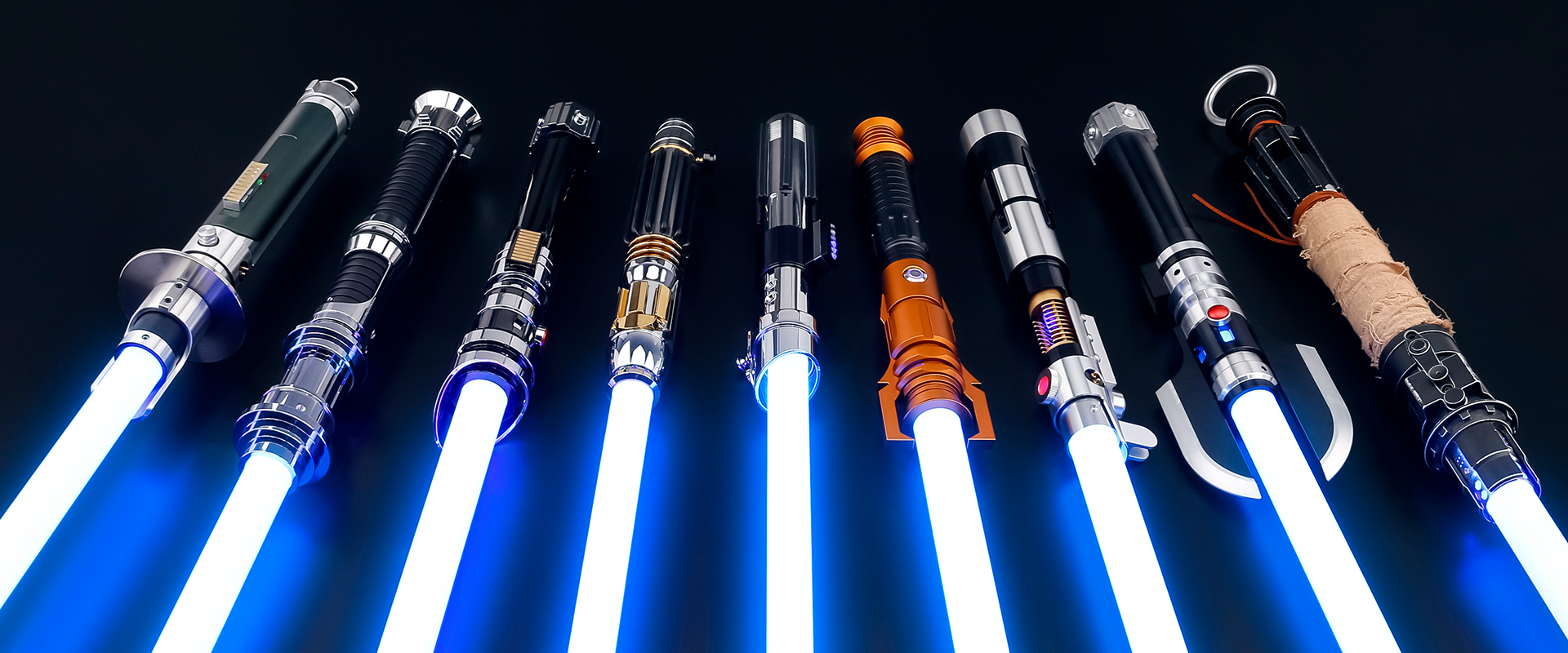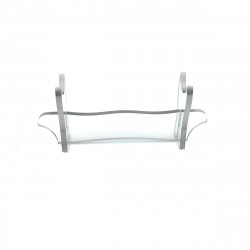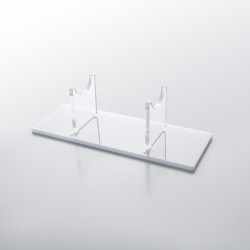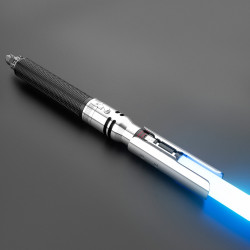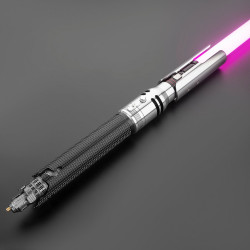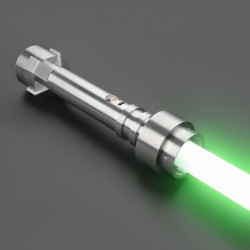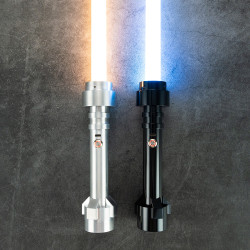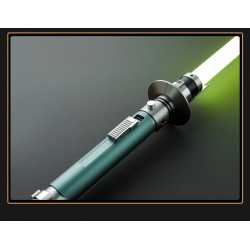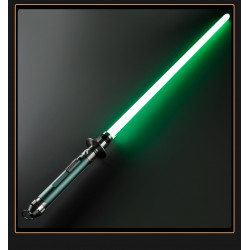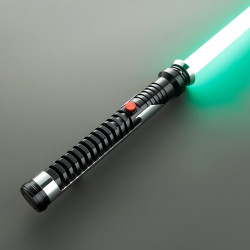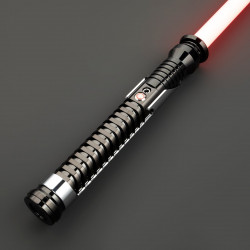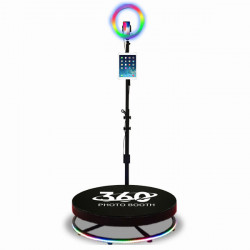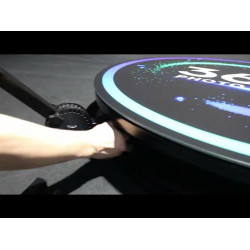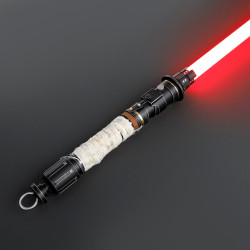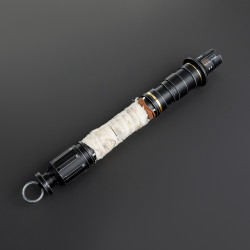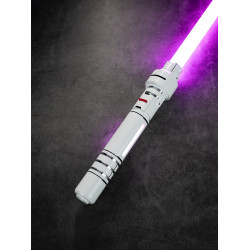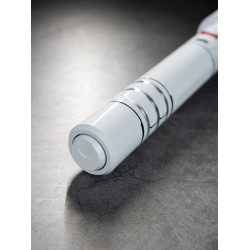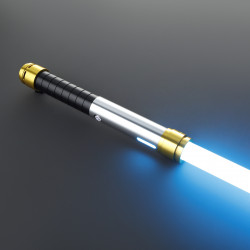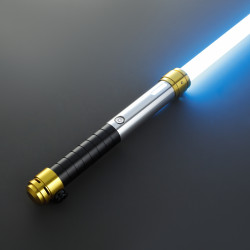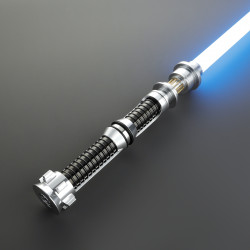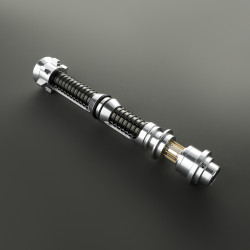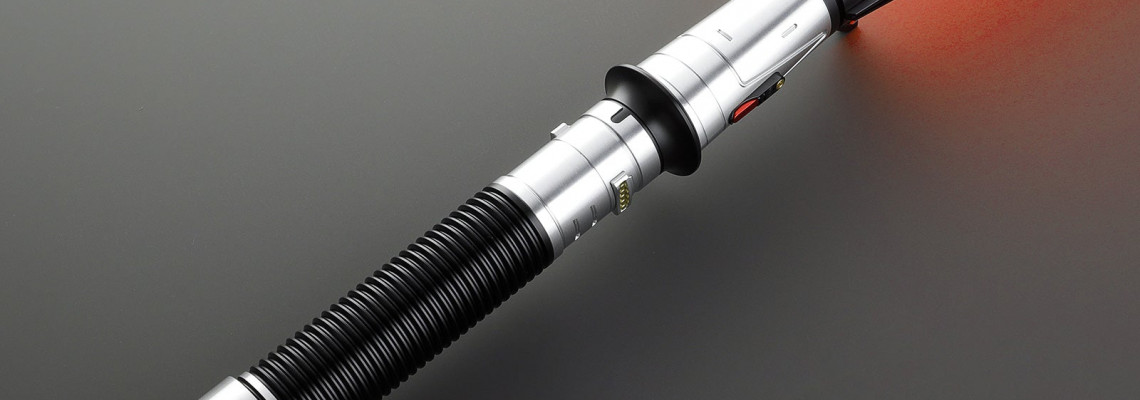
Captain America's Shield Vs. A Lightsaber
For comic books and other media enthusiasts, there is a particular kind of discussion topic that never seems to go out of style: Could X defeat Y? Is Superman able to outrun the Flash? Is Batman less acrobatic than Daredevil? Does Doctor Doom have a lower IQ than Lex Luthor? Can Reed Richards outstretch the Elongated Man?
These are but a handful of the questions that have plagued fans throughout the years. Even though there is rarely a conclusive solution to these questions, debating them can be enjoyable since it allows us to use our knowledge base to generate plausible hypotheses.
One such issue that has generated more discussion than usual is a variant of the classic Irresistible Force vs. Immovable Object question: What happens if a lightsaber strikes Captain America's shield? Since the lightsaber can cut through almost anything and Cap's shield is essentially unbreakable, there isn't a straightforward solution.
We might be at a standstill because Hollywood is unlikely to produce a shield vs. lightsaber fight that could resolve the issue for us anytime soon. A closer examination of the accepted canon, however, might provide some insightful information that changes the argument. Let's examine these two famous items in more detail.
What Is Captain America's Shield Made Of?
An alloy of vibranium and steel makes up Cap's shield. Vibranium is a metallic element that is unique to the Marvel Universe and comes from Wakanda, a nation in Sub-Saharan Africa. The remarkable capacity of vibranium material to absorb kinetic energy is well known. Because of this, Cap's vibranium shield is resistant to almost all forces, including Thor's hammer, Mjolnir, and atomic explosions. Cap's shield was even demonstrated to be impervious to the "nova flame" of the Human Torch during the Secret Wars.
However, the Secret Wars storyline also offers an intriguing counter-example when Doctor Doom destroys the shield after gaining the Beyonder's abilities. Actually, there have been several previous instances where Cap's shield has been damaged. For example, both Molecule Man and Thanos have destroyed the shield, but it requires superhuman abilities to do it. Therefore, it is evident from the facts that Cap's shield is not entirely impregnable.
What Is a Star Wars Lightsaber Made Of?
A lightsaber's blade is composed of incredibly hot, pure plasma that is blocked from spreading heat past the blade's surface by an energy field. This keeps the user from getting burned while using a lightsaber. As long as you avoid touching the blade, you can actually put your hand right next to it without getting hurt or experiencing the heat it produces.
The cutting power of lightsabers is independent of the user's physical strength and can penetrate almost any substance. In most cases, simply touching something will cause serious harm.
However, the lightsaber's power is limited, just as Captain America's shield. Some rare materials, like cortosis and Mandalorian iron (bear), which is occasionally made into armor for the same reason, are problematic for it.
So, Who Wins?
Interestingly, Mark Hamill has spoken on the argument. When asked on Twitter if a lightsaber could penetrate Cap's shield, he responded as follows:
In the universe of Marvel—no
Luke wouldn't engage in combat with a hero in the #StarWarsUniverse, but he could tear it to pieces if he were asked to.
One crucial point raised by Hamill's response is that Star Wars is not a part of the Marvel Universe. Although Captain America's shield can withstand almost any power in the real world, many of the things and phenomena we are familiar with from Star Wars are absent from his universe. The shield's ability to withstand a lightsaber attack is by no means guaranteed.
There are more grounds to doubt Cap's shield's longevity. A video addressing the lightsaber vs. shield debate was posted by Kyle Hill's highly renowned YouTube channel, Because Science, which focuses on examining scientific ideas in popular culture. Hill believes that the shield should deflect a lightsaber blow, but if the saber were to be held against the shield for an extended amount of time, that would be a completely different story. In that scenario, the lightsaber's intense heat would cause the shield to start melting.
